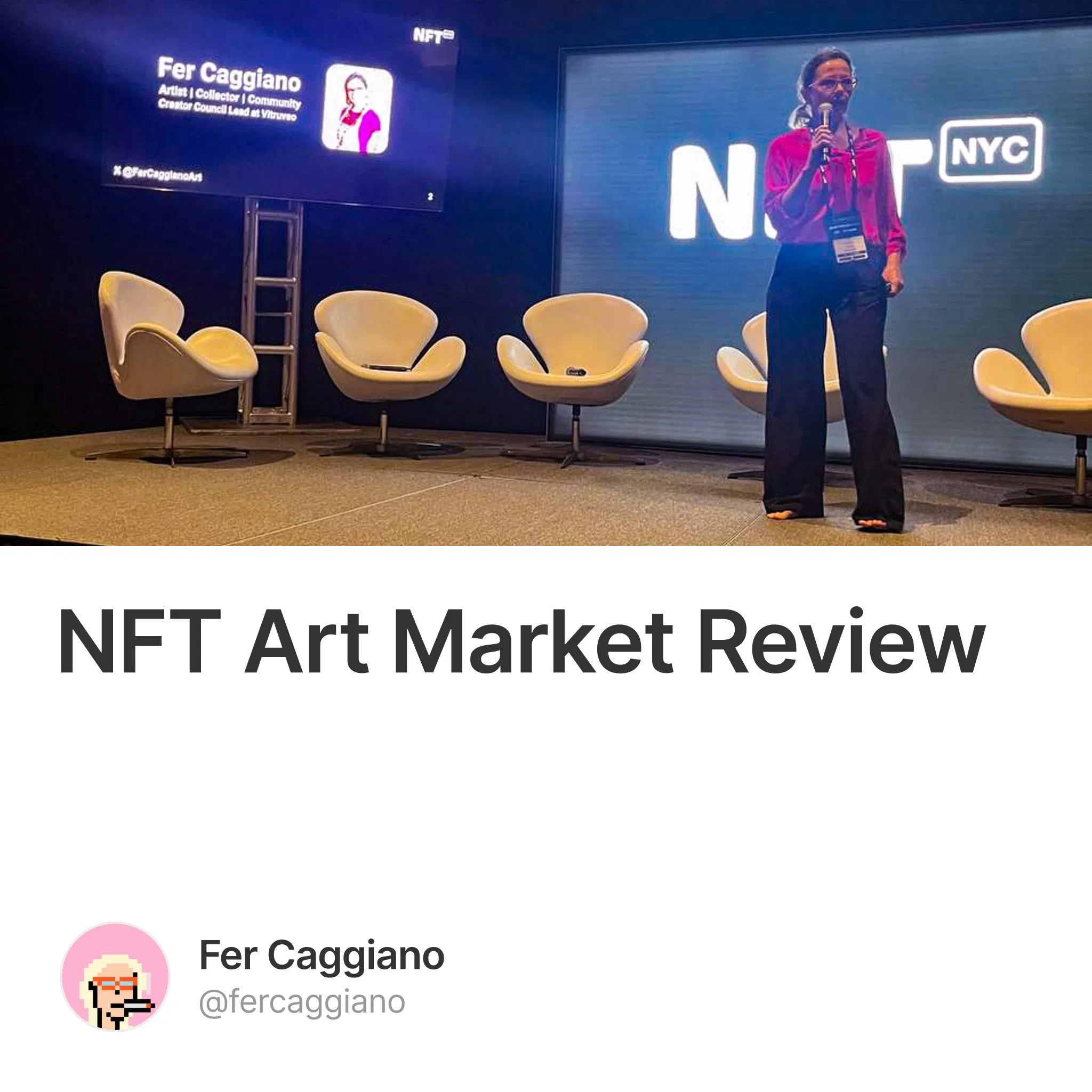Let’s start with a question: Why did you get into NFTs in the first place?
If we’re being honest, most of us—especially artists—saw NFTs as a way to finally make a living from our art.
We’ve all heard those big success stories about artists who “made it,” but for every triumph, there are countless others struggling to find their way. Like any industry, not everyone will achieve the same level of success.
To grasp the true complexity of the NFT art scene, we need to consider multiple perspectives.
The Crypto Market Connection
Art NFTs didn’t emerge from the art world itself. They were born from the crypto movement, opening up an unexpected opportunity for artists to reach a global audience of digital investors.
It’s important to recognize this context. Most people in the space aren’t traditional art buyers; they’re investors. To understand the trajectory of NFT art, we first have to understand the crypto investor mentality.
We’re here because we love crypto, whether driven by a heart of anarchism, dreaming of a utopia free of centralized control, or by a trader's mindset, seeing it as an opportunity to profit anonymously and exit when the time is right.
But the reality is that money flows where tokens trade, and art is often the side stream, starting with popular PFP projects and trickling down to limited editions and 1/1 pieces. In 2021, when NFT art was thriving, discussions rarely centered around the quality of the artwork; instead, the buzz was all about the floor prices of collections.
The Collector's Mindset
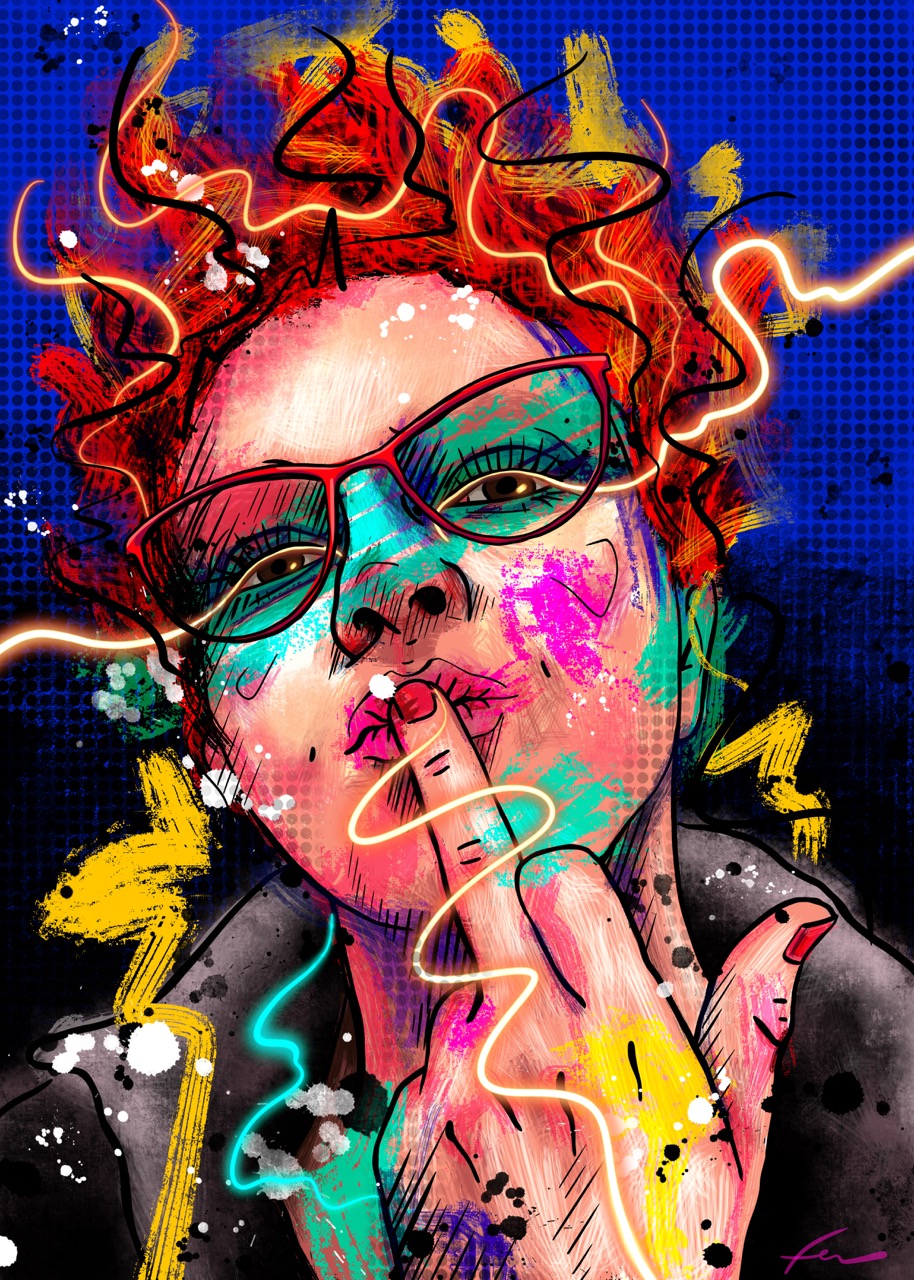
Many NFT collectors began as crypto traders who gradually ventured into the art market. After countless interviews on Spaces, I’ve learned that most purchases come with a consideration for liquidity—whether the piece can be resold if needed. Only a small segment buys purely for the love of art.
The upside? People who never considered buying art before are now collecting. But many lack traditional art knowledge and make decisions based on an artist’s visibility in the community, their sales history, and sometimes just the hype. Yes, some genuinely appreciate the art, and there are also a few collectors who buy pieces to cherish and display in their digital galleries. Still, the underlying financial motive is hard to ignore.
The Artist's Perspective
Let’s face it: we’re tired of the "starving artist" stereotype, and NFTs appeared to be a great opportunity to finally make a living from our art. For many, it was their first time making a living off art. And for some, it was even their first time considering themselves artists.
Selling digital art removed the logistical nightmare of shipping and opened doors for international showcases. I’ve seen firsthand how impactful this has been—like when I organized a show in Brazil featuring nearly 300 artists. The feedback was overwhelming; for many, it was their first international exposure, a moment they thought might never happen.
Suddenly, the world seemed accessible. Artists who once struggled with local limitations found themselves engaging with a global audience. I curated virtual galleries, hosted events, brought art to Times Square, and wrote articles to support our community. I put my heart into it, and I know many of you did too.
The Low-Price Trend
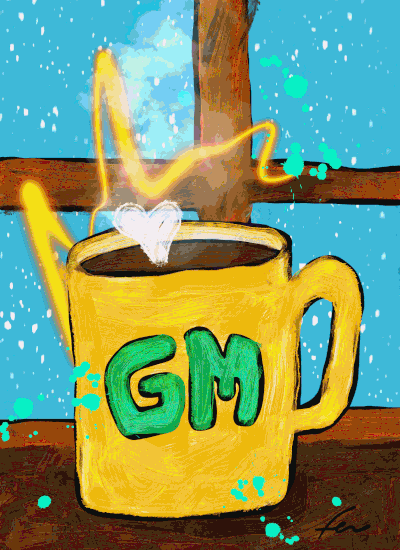
We all started with 1/1s at respectable prices. But as the bear market arrived, we began to lower prices, run zero-bid auctions, and experiment with editions. We became each other’s biggest supporters, buying from friends to keep the vibe alive. Yet, many left—pushed out by the harsh reality of needing to pay the bills.
Now, the latest trend is free (or nearly free) editions. We share what we wouldn’t sell at high prices but still offer good art. Why? For validation? Exposure? The hope that something will go viral and become profitable? The shift is a sign of struggle; many of us feel pressured to keep creating while being told by big collectors to “just focus on the art” as if our bills will magically pay themselves.
It’s clear that we’re desperate, while still having hope. We feel an innate need to create and share our art with the world.
Exploring Market Potential
I’ll leave market predictions to the crypto experts and instead focus on how we can utilize blockchain technology to evolve the art space.
NFTs as a Medium: One of the most compelling aspects is using NFTs not just as a digital format but as an art medium itself. Like choosing between oil paint or sculpture, artists can intentionally craft works with interactive and dynamic features unique to NFTs—leveraging burning mechanisms, redeemable traits, and other yet-to-be-explored ideas.
NFTs as Proof of Authenticity: Traditionally, a printed certificate accompanied physical artworks for authenticity. With NFTs, provenance is embedded in the blockchain, and we can even create digital twins for physical pieces to offer a seamless link between the two worlds.
NFTs as Documentation: As long as IPFS issues are addressed, NFTs have the potential to serve as digital records of art history, preserving works for future generations in ways that traditional mediums never could.
NFTs as Access/Tickets: The use of NFTs for token-gated events and exclusive content is already happening, and I see this area growing rapidly in the coming years.
Despite the clichés, the possibilities truly are endless.
A Path to Grow
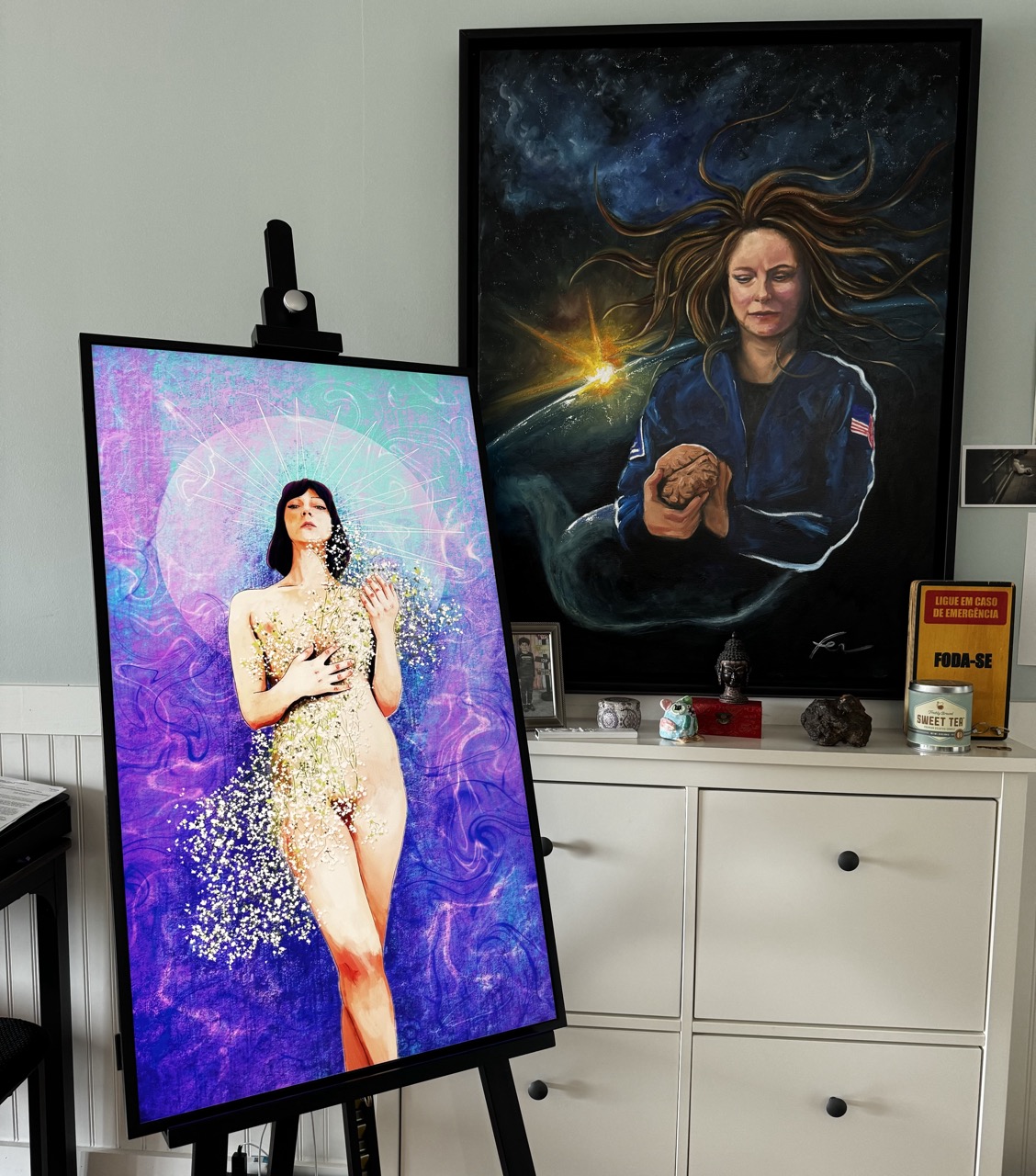
Ultimately, it all comes back to art. For most of us, the only sustainable path is to attract genuine art lovers rather than speculators. This starts with education. We’re seeing this shift already, with services like art subscriptions for Samsung Frame TV and other innovations that are making digital art more mainstream.
Digital displays need to be more user-friendly to help people appreciate their digital collections at home and work. We can also educate about the benefits of owning digital art—like changing displays to match your mood or accessing a global artists and diverse cultures.
Wrapping Up
I’m sorry to say this, dear average Joe, but we aren’t all going to make it. The high-stakes game is dominated by serious traders. But hey, we can still enjoy ourselves and keep building a vision for a tech-driven art future.
Let’s continue to seize the opportunities the blockchain and our community offer. Keep your head up. Keep creating.
But please be realistic. Invest your time where there is a return on investment. I was frustrated when I saw artists shaming each other for not being active during the bear market, only to return at the first signs of the bull. Nobody knows your story better than you do.
Don’t let anyone dictate what’s best for you. Only you can decide that.
Thank you for reading!
If you find my newsletters useful, please share with friends and subscribe.
Colorful regards, Fer Caggiano
personal: fercaggiano.xyz | shop: fercaggiano.com
There are currently no sponsors to my newsletters. You can support me by collecting my art.
Or tip me, I won't stop you!
ETH: 0x45f2c26f912a8B18dC2982CfDBd720e73A83789E
USDC: 0x2b0c696f3f26BF00207D14E47395576cB5625515
Some Art:
Latest Drop on Tezos - Freddy Returns - 6.66 tez for spooky October
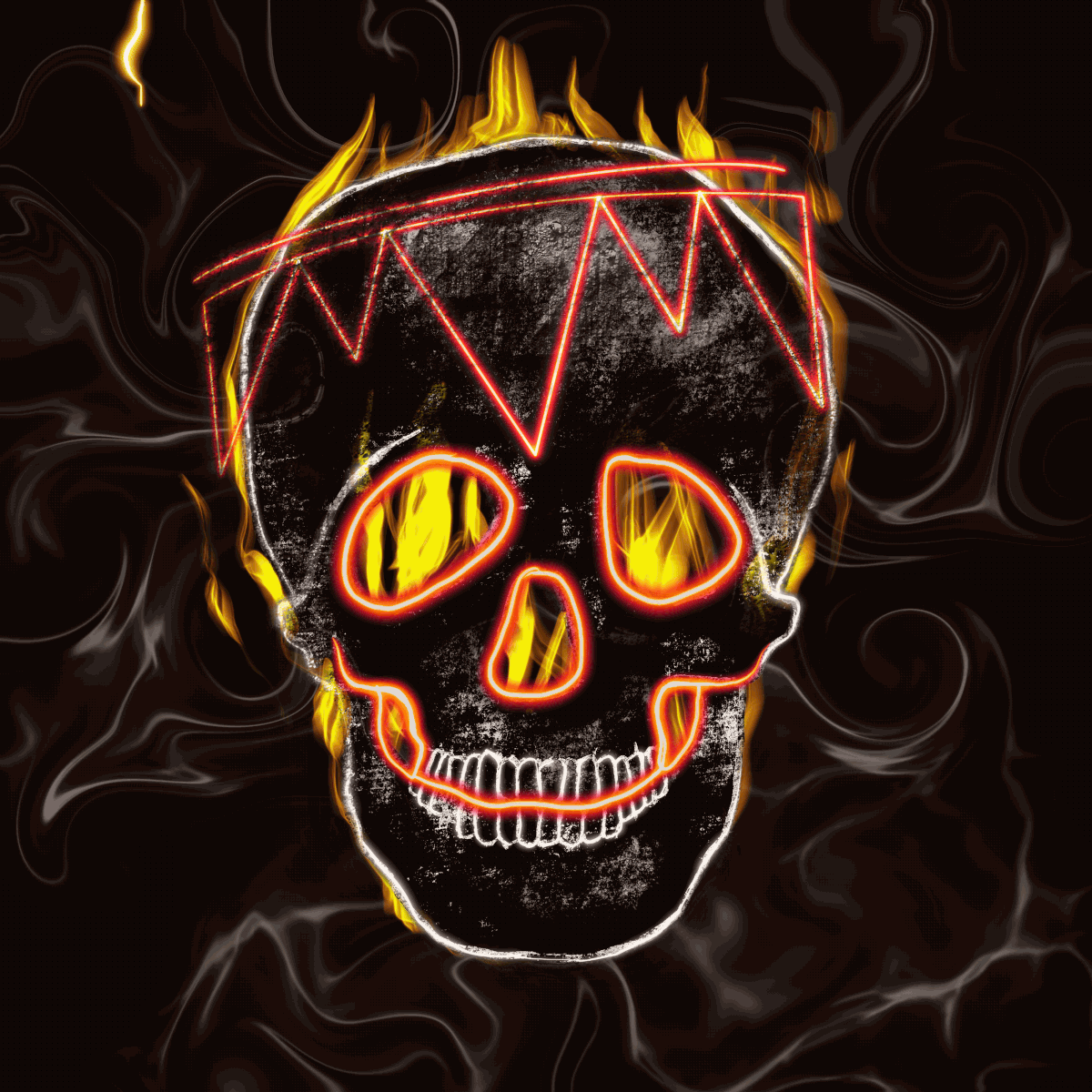
Submerged Love - for Love is Louder - 0.42 reserve on FND
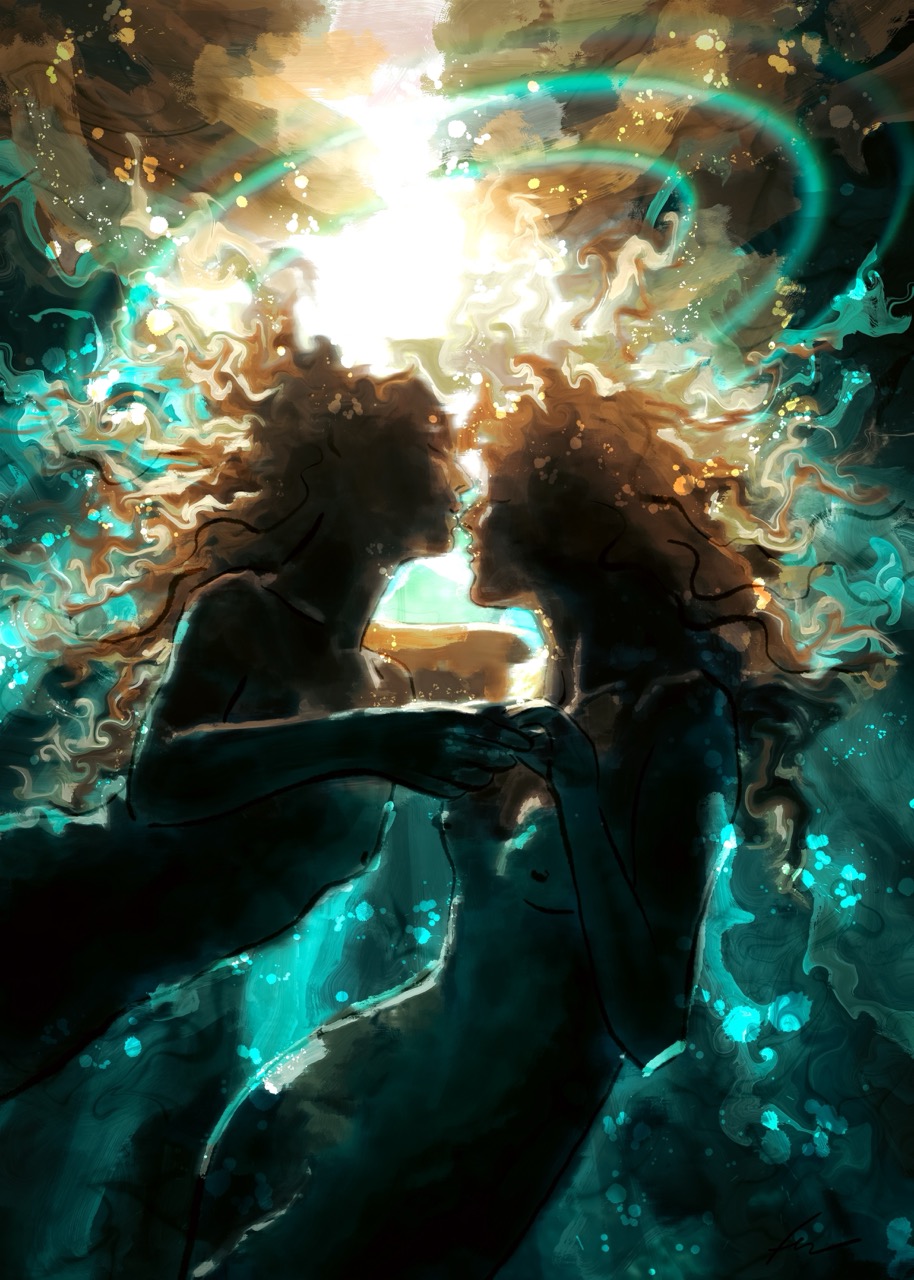
Emerging Love - for Love is Louder - 0.45 reserve on Ninfa
exhibited at NFTNYC, Ninfa Labs in Milan and Oshi Gallery in Melbourne
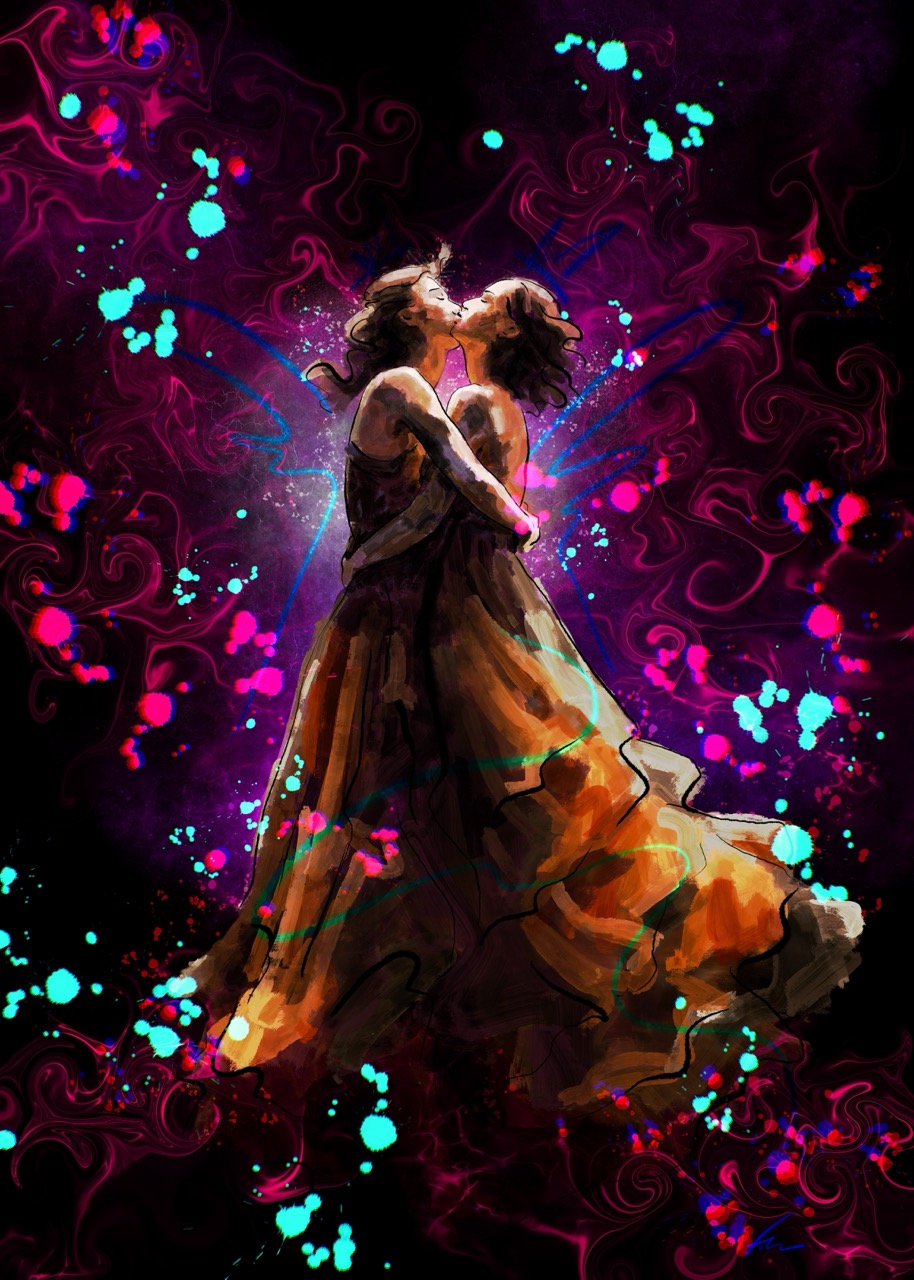
See more art at: https://fercaggiano.xyz/nfts/
